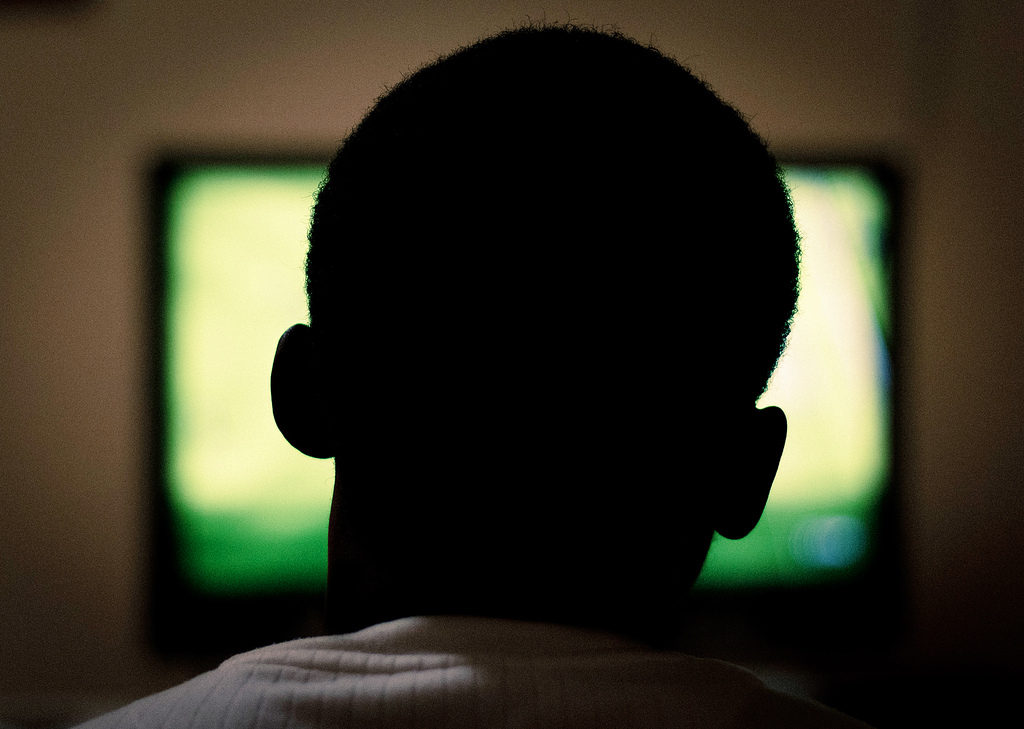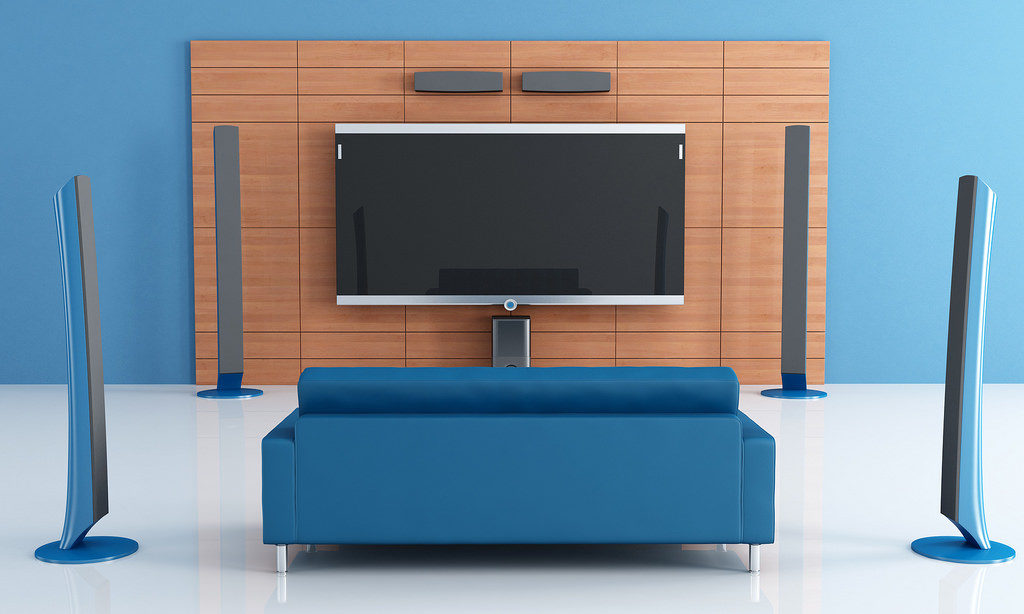
Energy Saving TV Set
Some of the TV statistics for Australia are staggering. An average user spends two hours and 55 minutes watching TV every day. When summed up it accounts for 18 hours a week, or 39 days a year. By June 2012, there were 18.7 million TV sets in Australia and 99% of households owned at least one television set. With such figures, opting for an energy-efficient use of your TV set can do a lot to reduce energy consumption and the electricity bill all along.
One size doesn’t fit all
The size of TV screens has doubled in the past 10 years. According to Telescope TV company, more than two-thirds of TVs purchased in 2013 were classified as big – 26-32” and about 16% were jumbo – 43” and upwards. The mathematics is simple – the bigger the screen the more energy is needed to power it. This should be your first consideration. Keep in mind that the optimum viewing distance for a 40” TV is two metres, and three metres for a 50” screen. When you measure the space you have, you may conclude that bigger won’t always mean better.
Ask for the energy label
Manufacturers are legally required to stamp all TVs for sale with the energy label. TV sets rated as A and B were once the absolute peak of efficiency, but guess what, the technology has advanced. The current energy label for TVs begins with A+++ to D, which is the least efficient. In this sense, the A- and B-rated TVs are quite average by today’s energy efficiency standards. If you can, always ask for an A+ or A++.
LED is the new Plasma
TV screens based on LED are the most efficient commercially available technology. In some aspects they are similar to liquid crystal displays (LCD), but their backlight comes from light-emitting diodes that are extremely energy efficient. And while plasma screens were once praised for excellent performance in reproducing fast-moving pictures, they consume a lot more energy. An average plasma consumes two to three times more energy than a LED TV. On the other hand, no matter the type of TV you own, there are things you can do to save energy.

Vampire by night…
According to Australian Government statistics from 2012, television accounts for 19% of total energy consumption in households. Devices on standby cost Australians $860 million a year, equalling 2.6 million tonnes of carbon dioxide. New smart devices have a ‘power saving’ sleep mode, but they still operate as ‘vampire power products’ when not in use. TV sets are one of those devices that are often left on standby, draining energy even when nobody’s watching. Remember to turn off your TV completely either by the power switch or at the socket.
Adjust the settings
A new TV comes with factory settings that are usually much brighter than what you need at home. By reducing the level of brightness, you can reduce your energy consumption significantly. Many new TVs also come with an eco-mode. An ambient light sensor feature of some high-end TVs can automatically adjust the backlight of the TV according to how dark or bright your room is.
If you can, always watch TV with the lights off, as you can save 30 to 50% of energy using this feature. If you are equipping an entertainment centre within your home, the professionals installing a home theatre can give you valuable advice on how to adjust different settings, including the power saving mode.
At the end, it is worth mentioning that if you are purchasing a new, energy-saving TV set, it is also important to dispose of your old set responsibly, either by donating it to someone or taking it to a licensed recycling depot.
 WhosGreenOnline.com Your Online Magazine and Directory for Green Business, Product, Service and News!
WhosGreenOnline.com Your Online Magazine and Directory for Green Business, Product, Service and News!

